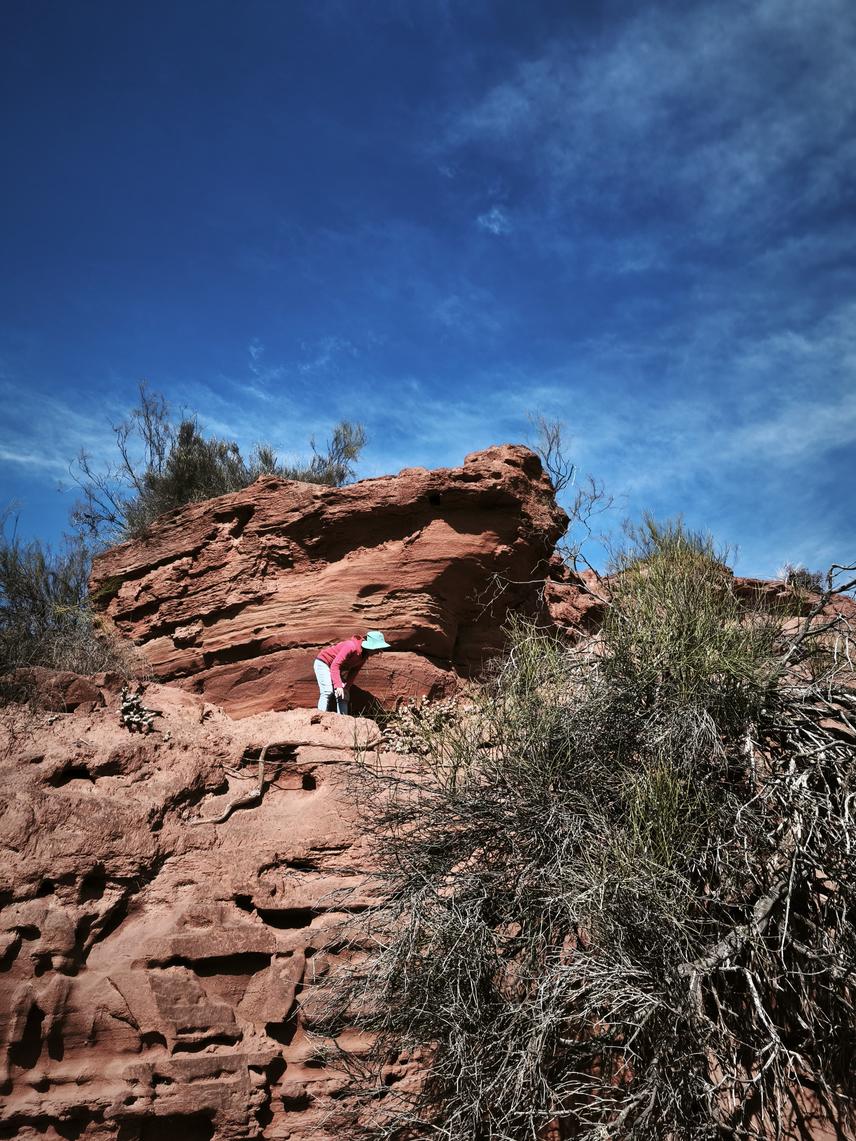Ana Cecilia Ochoa
Other projects
25 Jun 2019
Implementing Long Term Biodiversity Monitoring through RAPELD Methodology in Central Argentina. First Step: Monitoring Small Mammal´s Assemblages
4 Aug 2022
Implementing Long Term Biodiversity Monitoring through RAPELD Methodology in Central Argentina. Step Two: Medium and Large Size Mammals´ Assemblages
This project will generate information about vertebrate and invertebrate assemblages of different ecoregions of Central Argentina, providing key features for the understanding of the trophic structure of the region's biological communities and species dynamics. The project focuses on the integration of biodiversity information, strengthening the Program of Biodiversity Research (PPBio) in Argentina. This is of special value in protected areas such as National Parks (two parks involved in this study: Sierra de las Quijadas and Talampaya National Parks), and other protected areas, one Provincial Reserve, Quebrada de las Higueritas, three private reserves: Piedra del Agua (La Carolina, San Luis), El Corralito (Luján, San Luis), Peyyta Karanday (San Francisco, San Luis) and one private property in Villa Mercedes.
This variety of preservation statuses and managing conditions will contribute directly to the evaluation of fauna biodiversity with a regional perspective, allowing the interpretation of the effects of numerous factors including land use, land cover and climatic variables on biodiversity patterns. The integrated perspective gives the advantage of direct comparison of biodiversity data from different groups, including arthropods, mammals and birds. Therefore, we can monitor differential effects of the factors on different faunal groups, evaluate sensitivity levels and general aspects. This all serves to promote informed management decisions and global interpretation of ecological systems.

Owl pellet searching in Famiyasta San Luis. © Ana Ochoa.
The project will allow the comparison of assemblages across the Monte, Dry Chaco, Sierra Dry Chaco and Espinal Ecoregions in Argentina, assessing the ecotonal areas. We will compare data from five RAPELD grids/modules (three of them have already been installed and sampled for mammals). The knowledge produced will help us understand the variability of the ecoregions at a landscape scale, assessing alpha and beta diversity, and the importance of the ecotonal areas for the conservation of biodiversity.
We aim to link local communities and conservation strategies through the use of participative methodologies and the interaction with local organizations. We will also generate reports for state government agencies, landowners and the Argentinian National Parks Administration Office (APN). One of our key goals is to disseminate information about native fauna and produce educational tools. We will install didactic trails in four private reserves and will adapt participative monitoring activities for pre-existing trails in the different reserves. This proposal will allow us to continue the solid implementation of RAPELD methodology and the PPBio program in central Argentina, boosting the bonds between scientists of different institutions in the region and the interaction with Brazilian co-operators.